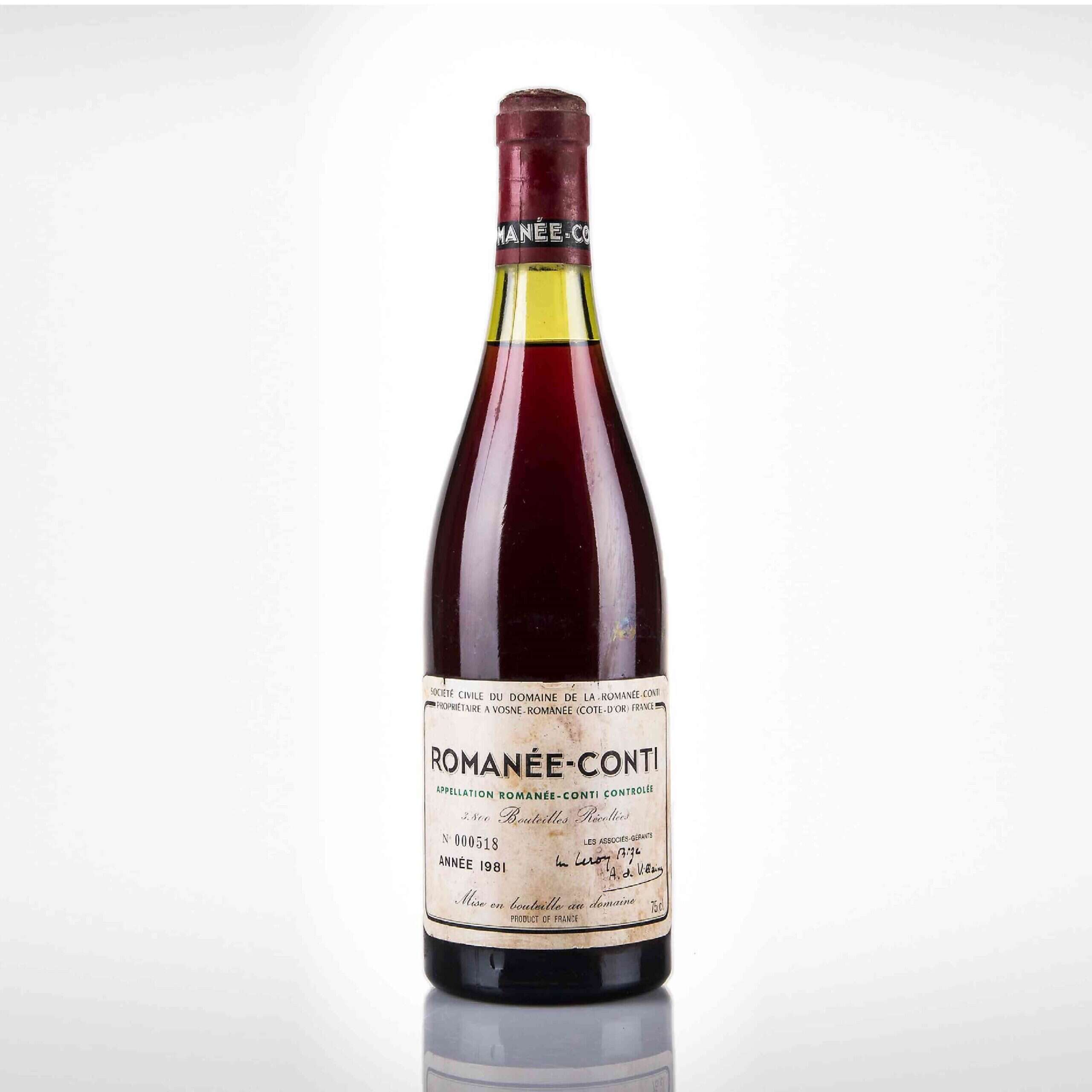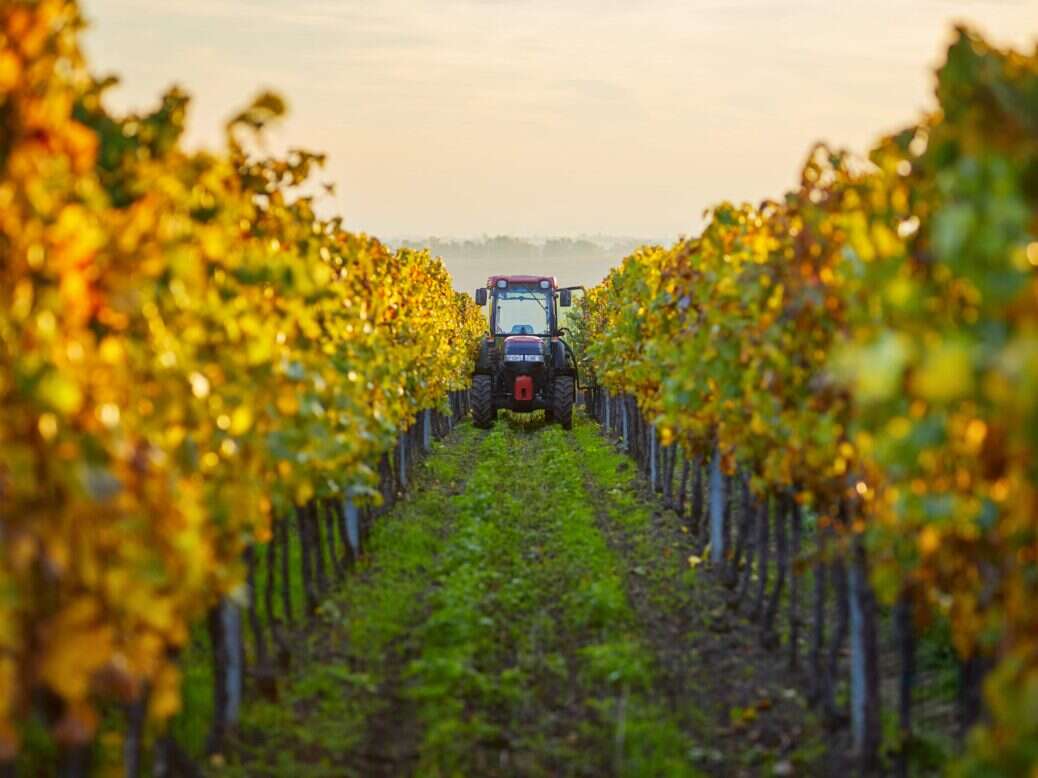
Traditionally, fine wine has been lauded as an investment thanks to its stability. This is most apparent during periods of significant economic downturn. The 2008 global financial crisis saw markets slump worldwide. In that same period, fine wine increased in value. This divergence occurs as fine wine is not bound by the same economic factors that swing more standard markets.
Instead, weather conditions, decisions made by winegrowers, and supply and demand shape the market. Additionally, unlike other commodities such as art and precious metals, wine is consumed — over time the supply decreases — generally creating an upward value trend.

That being said, for those who are invested, or those considering it, it is still important to keep an eye on the fine wine market. While stability is one of its traits, there are still trends and fluctuations – something Suthagar McNamara-Rajeswaran, head of business development at City-based fine wine and whisky merchant, OenoGroup, knows better than most.
Following studies at both Exeter and Harvard University, McNamara-Rajeswaran entered the banking industry, trading energy commodities like coal, gas and electricity. After rising through the ranks, he started a business that allowed people to pay for air travel in installments.
Already investing in fine wine with OenoGroup, McNamara-Rajeswaran sat down with one of the founders, Daniel Walker, who offered him the position of chief portfolio manager, from where he later progressed to head of business development.
“Day to day I still run my own small group of clients, in addition to the business development side,” says McNamara-Rajeswaran. Alongside his extensive knowledge of the financial sector, during his time at Oeno, McNamara-Rajeswaran has undertaken several WSET (Wine and Spirit Education Trust) exams, the industry standard qualification.
McNamara-Rajeswaran is also responsible for OenoGroup’s quarterly reports, which analyze how the fine wine market is currently performing.
Arrange a call with our investment experts today
Learn how wine and whisky investments are excellent alternative investment options with no correlation to indices and hedge your capital against inflation. click hereHow to read the market
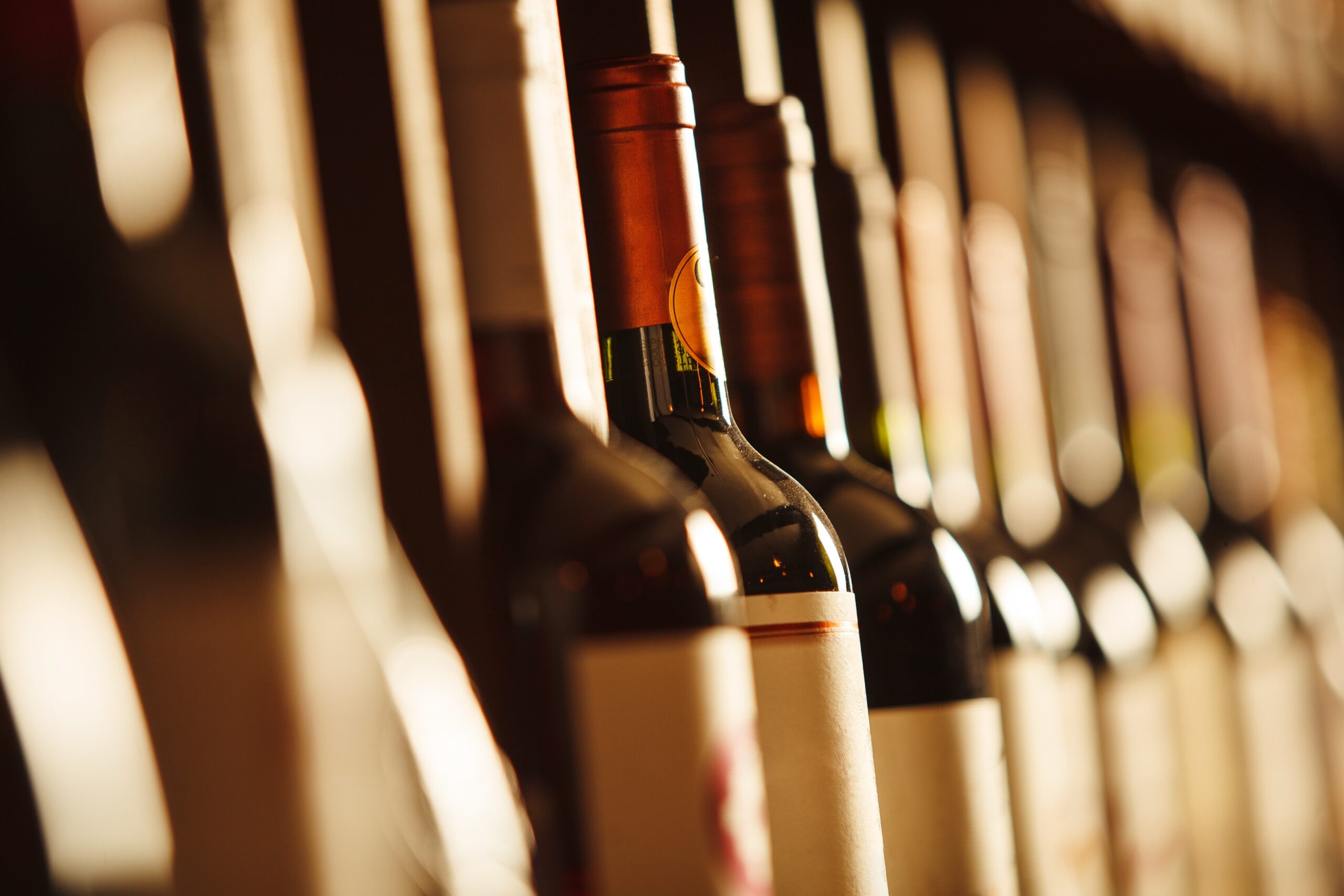
When looking at how the fine wine market is performing, Liv-ex is regarded as the official trading platform. “There are a couple out there, but by volume, Liv-ex is by far the largest,” says McNamara-Rajeswaran. “Wine isn’t the world’s largest market, but Liv-ex holds the most trust. They have created specific indices like the Fine Wine 50 and Fine Wine 100, in addition to regional specific indices.”
These metrics, which breakdown things like the daily price movements of the Bordeaux First Growths (the five highest regarded wines from Bordeaux) and the 100 most sought-after fine wines on the secondary market, can then be used to effectively track how the industry is performing as a whole. When it comes to wine, regional-specific indices are absolutely vital, a strong year for Champagne might be a poor one for Bordeaux; the same can be said for Australian and Californian wines.
“One of the elements that differentiate OenoGroup is that we are able to monitor trade because we also sell wines into hospitality,” says McNamara-Rajeswaran.
Over the years OenoGroup forged its reputation by building a network of expert partners and industry connections that help to facilitate the trade side of its business. By regularly selling customers’ wine in the hospitality sector, OenoGroup is able to track which bottles are seeing significant demand. This information then helps advise future investment strategies.
The company’s fine wine boutique OenoHouse sits at the center of London’s financial district and sells directly to consumers. The boutique’s location ensures the majority of customers come from a financial background.
“OenoGroup is able to effectively track the wines that kind of person is interested in,” says McNamara-Rajeswaran. “All of this information helps to inform our future investment decisions.”
[See also: An Introduction to Wine Investemnt]
How is the wine market currently performing?
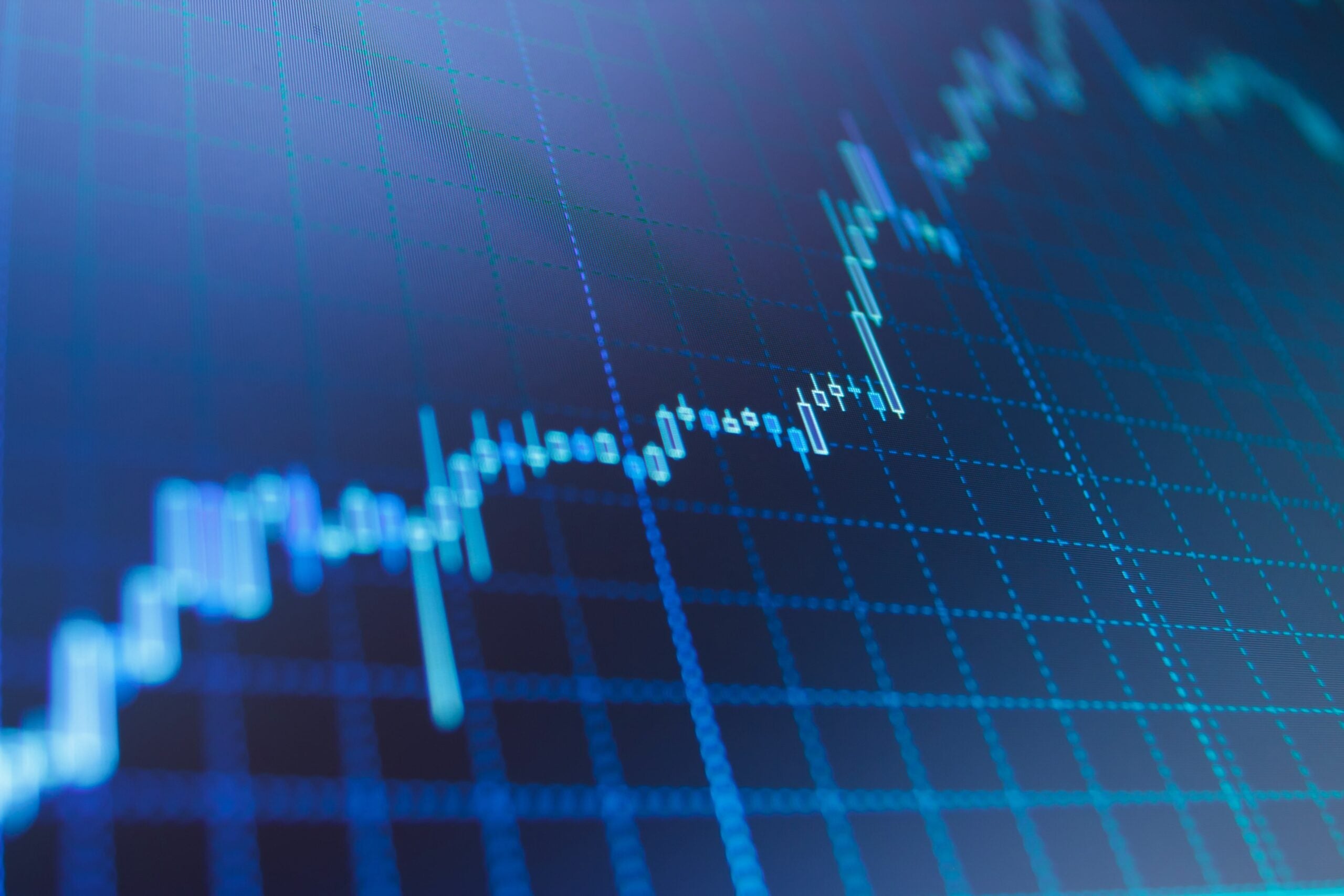
McNamara-Rajeswaran cites OenoGroup’s latest quarterly report to provide a snapshot of what is currently happening in the market. “In the second quarter of 2023, all major Liv-ex indices declined,” he says. “This is a reflection of the macroeconomic uncertainty and general caution that is currently underlying the market.”
There are several factors that have caused this downturn, none of them, in McNamara-Rajeswaran’s eyes, warranting major concern.
“Firstly, last year was extremely strong,” he says. “Following Covid, there was a lot of pent-up purchasing capabilities that were eventually utilized in 2022. You saw key regions like Burgundy up 27%, Champagne 25%, Italy and Napa Valley were both double digits.”
The only region that didn’t follow this trend was Bordeaux — a law unto itself, designed for a more long-term play — but nonetheless still produced positive single-digit returns.
Naturally, after a period of considerable growth, a small downturn is to be expected. “Additionally, due to the general economic turbulence we are currently seeing, consumers at the end of the chain are buying less often,” says McNamara-Rajeswaran. “So merchants who have acquired bottles at extremely good value already are willing to accept a lower price.
“Currently, it’s very much a buyers’ market, but you must remember that wine investment is not a short-term strategy; it’s medium to long. I would look at three years to be the minimum, but investors should really be focusing on the five- to ten-year range, you want people to begin consuming the wine you are holding, while you bide your time to get them into the drinking window.”
[See also: The Importance of Expert Partners in Wine Investment]
Climate change and wine investment
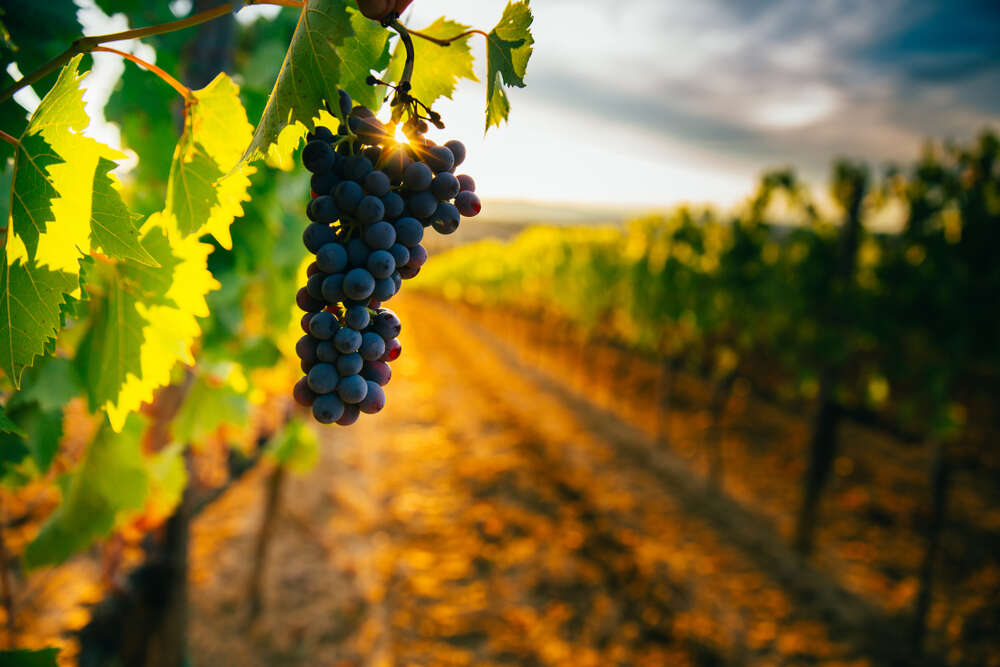
In the field of viticulture and vinification, the issue on everyone’s mind is climate change, which has the potential to change the market more than anything else in recent memory. “In 2020 none of the top producers in Napa Valley, California produced from the harvest because of wildfires,” says McNamara-Rajeswaran. “This has effectively caused a ‘lost vintage.’
“Compounding this decline in supply are rules set by regional appellations that limit the amount of wine that can be produced in order to avoid saturating the market and to maintain quality.”
While clearly a testing time for wine producers, these conditions are beneficial for investors as demand increases and supply greatly drops.
Similarly, temperatures are rising in Europe. “One of my clients was in Burgundy earlier in the year and said it was 90F, which is astonishing,” says McNamara-Rajeswaran. “Pinot Noir is an incredibly delicate grape, increased heat and sunshine rapidly increases sugar production and with it, the alcohol content of the bottle.”
If this trend continues, producers will have to begin harvesting earlier in the season, which in turn will affect the natural ebb and flow of the market.
Changing climates have also introduced completely new wine regions. Twenty years ago, English sparkling wine was unheard of, but now vineyards in the south are opening on a regular basis, while more established English producers are viewed as a strong investment opportunity. So, while rising temperatures are certainly cause for concern for some vintners, for others it could prove to be opening a door to new wine opportunities.
Such dichotomies speak to the unique factors, subtleties and nuances impacting risk and opportunity, as well as the need for investors to take the longer view. As stable as the wine market is, investors must ensure they have access to the right information and expertise in order to optimize their understanding of this landscape and what is driving performance.
Visit the Elite Traveler X OenoFuture hub here

